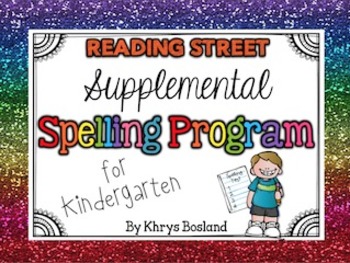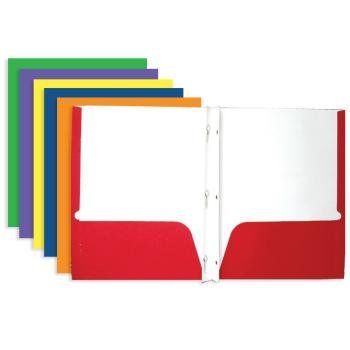Rekenreks Big and Small:
Since I retired last summer, I decided to write about something that worked in my classroom last October. I made this giant classroom Rekenrek and my students made their own seasonal ones.
Rekenreks are so cool. Students can instantly recognize any number of beads from 1-10 because they have five red and five white beads so they quickly learn that all of the red beads plus one white equals six.
Scroll down to see how to make your own classroom Rekenreks...
Rekenreks are so cool. Students can instantly recognize any number of beads from 1-10 because they have five red and five white beads so they quickly learn that all of the red beads plus one white equals six.
Scroll down to see how to make your own classroom Rekenreks...
I just love Rekenreks. I learned about them just over two years ago and I have included them in my presentations at conferences for about that long. They just make math real and the small ones are perfect for Number Talks.
My students LOVED using their Rekenreks with ten frame cards, numeral cards, and number word cards. They just looked at the card and showed the same value on the Rekenrek. This worked great with partners.
Rekenreks Big:
Here is my giant classroom size Rekenrek: (and that's Seba, the cat.)
(Scroll down to see how to make one for your classroom for under $10.)
Rekenreks Small:
I liked making seasonal Rekenreks with my TK class. Last fall, we made pumpkin Rekenreks with only one row of ten beads; five red and five white.
 |
| Fun Foam pumpkins, pipe cleaners, 5 red pony beads & 5 white pony beads. I drew 2 tiny dots where the pipe cleaners should pierce the Fun Foam. |
 |
| We made our first Rekenreks with only one bar of ten beads. Later, we will add a second bar for the numbers 11-20. |
 |
| Getting to make their own Rekenrek was FUN and they took better care of them because they made them. They wrote their name on the back with a felt tip marker. |
We added an additional row of ten beads when we made our winter Rekenreks.
So, What Is A Rekenrek?
It's a number rack that was designed by Adrien Treffers, a mathematics curriculum researcher at the Freudenthal Institute in Holland. By building each row of your Rekenrek with five white beads and five red beads, students can instantly subitize (or instantly recognize the value) the number of beads you slide from the right side to the left side.
Once students realize that there are five red beads and five white beads, it's easy to quickly slide any number of beads from the right side to the left side without counting.
They use the 5 red beads as an anchor and they can quickly find six by sliding one white bead, along with the red ones, over to the left side. It's just as easy to locate the 2nd white bead to slide with the red beads to show seven.
You can download, for FREE, a great booklet filled with ideas for using Rekenreks from the Math Learning Center web site. CLICK HERE for the direct link.
You should also check out the Math Learning Center's web site by CLICKING HERE.
They have tons of ideas under the <resources> tab.
How To Make A Classroom Rekenrek:
It cost me about $9 for everything and it takes about 30 minutes to make one; 15 minutes if you have help.
Step 1: Buy materials
2 pool noodles (The 99 Cent Store still has these. They are up at the very front of the store.)
2 10-foot lengths of 1/2" PVC pipe (You need just over 13 feet to make the one above.)
2 elbow joints (for 1/2" pipe)
4 T joints (for 1/2" pipe)
4 end caps (for 1/2" pipe)
A can of solvent (like Goof Off) to remove the lettering on the pipes
Paper towels for removing the lettering
 |
| My receipt from Lowe's |
You will also need a bread knife for cutting the pool noodles and a PVC pipe cutter or saw.
Step 2: Cut the PVC
You will need 2 pieces for the sides that are 36", 2 pieces for the bars that are 30", and 2 pieces for the feet that are 20". Cut the 20" pieces in half to 10" each. Cut the 36" piece into 2 pieces: 1 should be 26" and the other should be 10".
 |
| My husband cut the PVC while I cut the pool noodles. By working together, we were able to complete this project in half the time, just 15 minutes. |
Step 3: Cut the pool noodles
Mark the pool noodles to measure 1 1/4" pieces. You will need 5 of one color and 5 of the other color.
Using a serrated bread knife, try to make straight cuts. You can trim them down with scissors if needed.
Step 4: Assemble your Rekenrek
Slide the pool noodles onto the bars and attach the sides and bars to the joints.
You can add glue to the inside of the joints to make it more durable.
 |
| One elbow joint and one T joint. |
 |
| From left to right: Elbow joint, 10" of PVC, T-joint, 26" of PVC, T-joint, 10" of PVC, cap. The next part will be the other 10" piece of PVC for the 2nd half of the stand and a cap. |
 |
| The feet. Each side is 10 inches. |
 |
| One complete side. The top half is 10" tall. The bottom is 26" tall. |
 |
| You can see the writing on the pipes. Next step is to remove that. |
Step 5: Clean the pipes
Clean the writing off with a solvent like Goof Off. Spray it on a paper towel (outside) and rub it on the lettering until it is all gone. Rinse the solvent off of the pipes before bringing it to school.
That's all there is to it !!!
And there's an app for that:
 |
| Click the image to view the app. Perfect for iPads or iPad minis. Also works on iPods and iPhones. |
Or you can buy them here:
 |
| Click the image to see the product's site. |
Looking for more FALL MATH ideas?
Check out the bloggers who link up below:












































